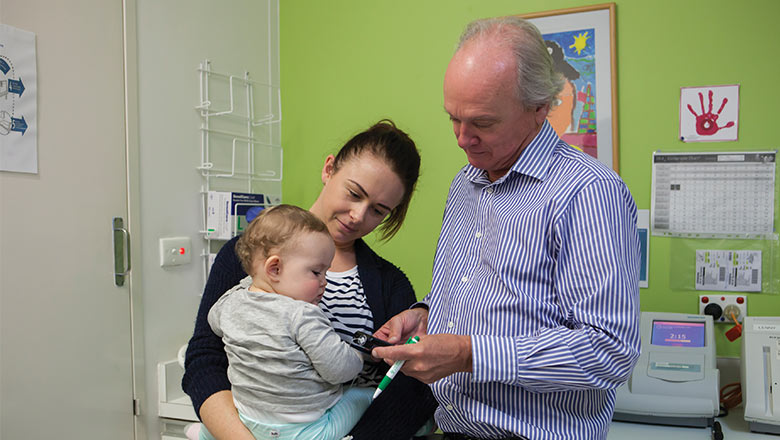Search
Research
The use of an automated, portable glucose control system for overnight glucose control in adolescents and young adults with type 1 diabetesA key milestone in progress towards providing an efficacious and safe closed-loop artificial pancreas system for outpatient use is the development of fully...
Research
Renal and Cardiovascular Risk According to Tertiles of Urinary Albumin-to-Creatinine Ratio: The Adolescent Type 1 Diabetes Cardio-Renal Intervention Trial (AdDIT)Urinary albumin-to-creatinine ratios at the higher end of the normal range at the age of 10-16 years is associated with an increased risk of progression to microalbuminuria
Research
ISPAD Clinical Practice Consensus Guidelines 2018: Assessment and management of hypoglycemia in children and adolescents with diabetesHypoglycemia is the commonest acute complication of type 1 diabetes

News & Events
New focus on type 2 diabetesResearchers at the Children’s Diabetes Centre at The Kids Research Institute Australia have begun researching type 2 diabetes to tackle the rising incidence of the disease among young people in Australia.

News & Events
The hidden burden of diabetesWhen Jodie and Brad Scott welcomed their fourth child Heath into the world, they were prepared for the many sleepless nights that come with caring for newborns.

News & Events
Improving the lives of kids with Type 1 DiabetesDiabetes research got a huge boost when the WA Children’s Diabetes Research and Education Centre for Research Excellence opened late last year.
Research
Early atherosclerosis relates to urinary albumin excretion and cardiovascular risk factors in adolescents with type 1 diabetesHigher urinary albumin excretion, even within the normal range, is associated with early atherosclerosis
Research
Adolescent Type 1 Diabetes Cardio-Renal Intervention Trial (AdDIT): Urinary screening and baseline biochemical and cardiovascular assessmentsIn adolescents with type 1 diabetes, the group with the highest tertile of albumin excretion showed more evidence of early renal and CV disease
Research
Contribution of an intrinsic lag of continuous glucose monitoring systems to differences in measured and actual glucose concentrationsCurrent continuous glucose monitoring (CGM) systems measure glucose levels in the interstitial fluid to estimate blood glucose concentration.
Research
Clinical evaluation of a noninvasive alarm system for nocturnal hypoglycemiaThe aim of this study was to evaluate the performance of a prototype noninvasive alarm system (HypoMon) for the detection of nocturnal hypoglycemia.
